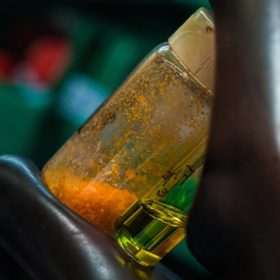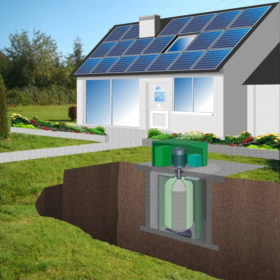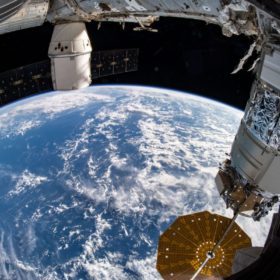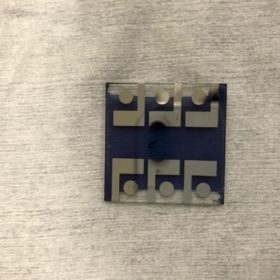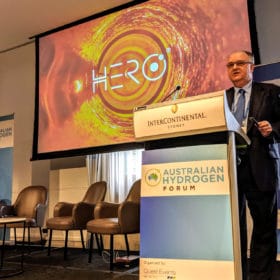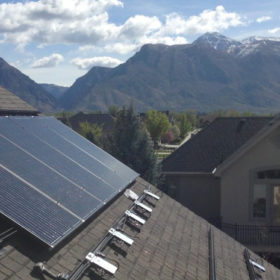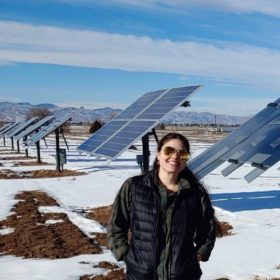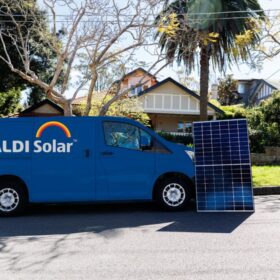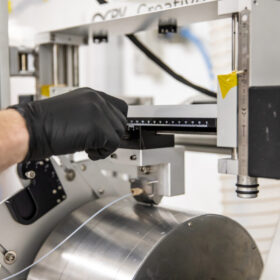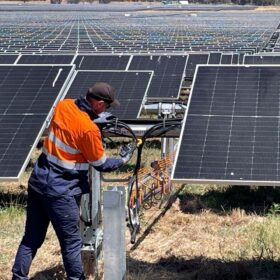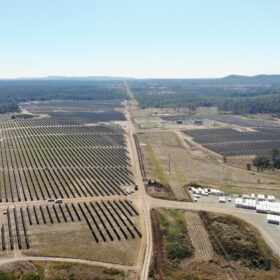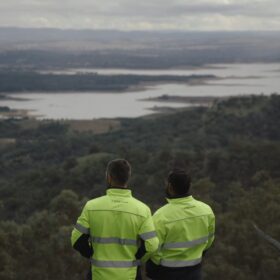Solar energy collectors… grown from seeds!
Rice University engineers produced “near-perfect” 2D perovskite crystals for photovoltaic applications, grown from seeds.
Concrete flywheel storage system for residential PV
A French start-up has developed a concrete flywheel to store solar energy in an innovative way. Currently being tested in France, the storage solution will be initially offered in France’s overseas territories and Africa.
Roll-out solar arrays installed in successful NASA spacewalk
The first new ISS Roll-Out Solar Array (iROSA) has been installed on the International Space Station.
Demand, policies, investment key to green hydrogen development
Ruchi Gupta is a research fellow at the University of Geneva’s Institute for Environmental Sciences. She focuses on how flexibility options, such as sector coupling with hydrogen production, can support renewable energy integration and decarbonise a wide range of sectors.
Organic solar cell with 18.4% efficiency via new electrode coating
Saudi scientists built the cell’s electrode with a hole-transporting molecule called Br-2PACz and not with the commonly used PEDOT:PSS. It helped improve the photovoltaic cell efficiency by around 0.9%.
Out-of-the-box Australian selected to be one of eight in World Hydrogen Advisory Board
Andrew Horvath, Global Chairman of hydrogen technology company Star Scientific, has been selected by the global Sustainable Energy Council to be one of the eight leaders on its World Hydrogen Advisory Board. “I’m the only Aussie!” Horvath told pv magazine Australia.
Gravity-based storage for distributed solar
An international research team has designed a residential solar-plus-storage system based on gravity. The system was built with a solar power generator, a bulk booster charge controller, an inverter, a solenoid device, a deep cycle battery, a pulley block, a geared motor, a microcontroller, and wire ropes. Its creators said the system is ideal for regions with high solar radiation. They found that, due to its high electrical requirements, the system needs to rely on high-power solar modules with an output of over 500 W.
‘Agrivoltaics can certainly be a viable and meaningful alternative to large-scale solar’
US expert in environmental and energy policy Alexis Pascaris spoke with pv magazine about opportunities and barriers associated with agrivoltaics. Agrivoltaics are a very practical and advantageous alternative to large-scale solar, specifically in places where there are land-use constraints or needs for rural economic development, she explains. Differences in costs related to ground-mounted solar can typically be attributed to the raised racking systems or additional fencing, but these upfront investments in specialised hardware are eventually recovered as agrivoltaic systems produce dual-revenue streams.
Photovoltaics and geothermal heat pumps for domestic hot water heating
According to a new study from LUT University, domestic water heating costs may be reduced by combining rooftop PV with geothermal heat pumps. Scientists developed a control method to minimise these costs by taking advantage of cheap spot market electricity and maximised PV power generation, as well as considering heat demand, PV generation forecasts, and heat pump efficiency.
Investigating all-manganese flow batteries
Scientists in Germany fabricated an all-manganese flow battery, which they say serves as a proof of concept for the potential of such devices. Their results working with various battery configurations show that cheap, abundant manganese has plenty of potential for flow battery applications; and is worthy of further investigation in the frame of developing sustainable energy storage technologies.
